Lao New Year celebration, or Lao Pi Mai, is celebrated in mid-April before the start of rainy season. One of the biggest and most important celebrations in the Lao calendar, festivities last for three days (and sometimes longer)!
Similar to Songkran in Thailand, Lao Pi Mai seems on the surface to be simply a huge water fight, but it is actually a deeply religious time based on traditional beliefs and religious rituals. Water is used in cleansing and blessing ceremonies to wash away any past misdeeds or bad luck in order to pave the way for a healthy, prosperous new year.
The Lao New Year festival is made up of three distinct days, with the first day being the last day of the old year. This is the day when people wash their houses from top to bottom and cleanse Buddha images with sacred water. Families gather together with the younger members pouring perfumed water on the hands and feet of their elders in order to give and receive blessings.
This is the day when water is usually poured or splashed on others in order to cleanse them of any bad luck and to bring good luck for the new year. Coinciding with the hottest time of the year, it is usual to take to the streets armed with water guns and buckets filled with water to splash on any friends and passers-by. In Vientiane, groups of youths pile into the back of pick-up trucks armed with water guns and small swimming pools so they can quickly refill.
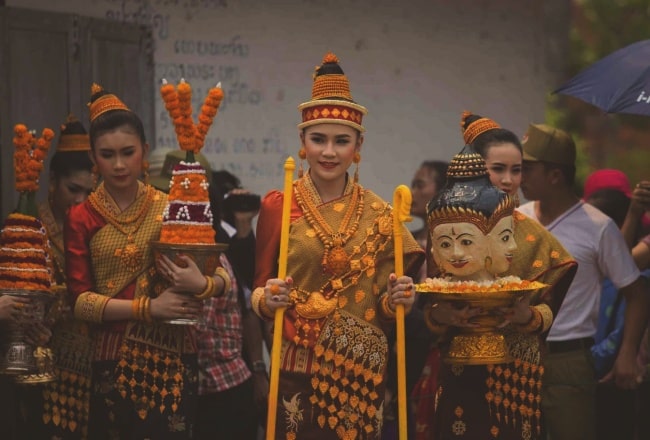
The second day of this Laos festival is the “day of no day” since it is a day that neither belongs to the old year nor the new year. No-one is allowed to work or even sleep on this day of limbo lest bad luck befall you. This a day for families to visit the temple in order to cleanse important Buddha images.
The third and last day of Pi Mai marks the beginning of the new year. It is a day for families to be together and ask for forgiveness. Lao families will perform takbat (the offering of food to monks) and many will attend Baci ceremonies to receive blessings.
Whilst Pi Mai Lao occurs right throughout Laos, the most elaborate celebrations are held in Luang Prabang, with a colourful procession, a Miss New Year pageant, sand-stupa competitions on the Mekong riverbank and plenty of cultural singing and dancing. Keep an eye out for a full listing of Pi Mai events by checking the Luang Prabang Tourism Website.
No matter if you’re in Luang Prabang, Vientiane, Pakse or somewhere in between, for three days be prepared to get wet wherever you go. Make sure you waterproof your phone, camera and valuables, grab yourself a Hawaiian shirt and water-gun and join in!
A word of warning: avoid riding a motorcycle and traveling on roads during Lao Pi Mai as drunk driving is a huge issue during this time. Additionally, if you are not a confident driver, having a massive bucket of water hurled at you could easily knock you off your bike.
- Where: Nationwide with Vientiane Capital and Luang Prabang holding the most elaborate celebrations.
- When: 13-15 April 2020
Here is everything about Boun Pimai - Laos New Year
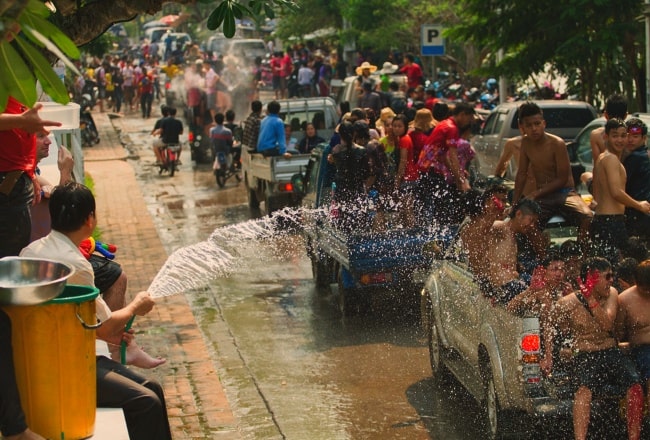



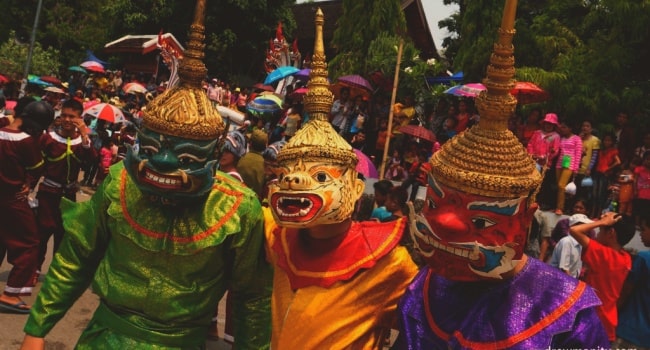

 05/12/2025
05/12/2025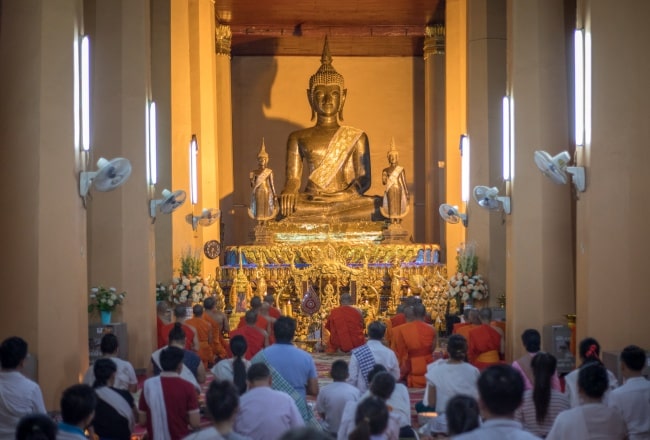
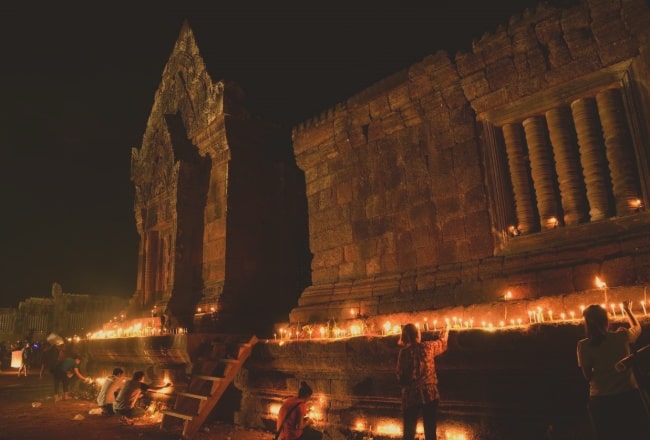
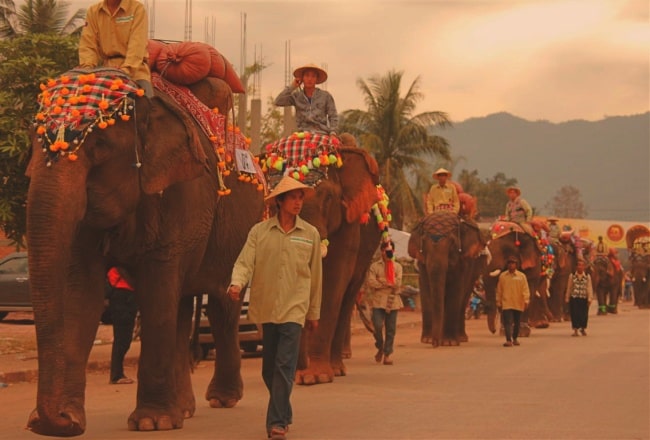


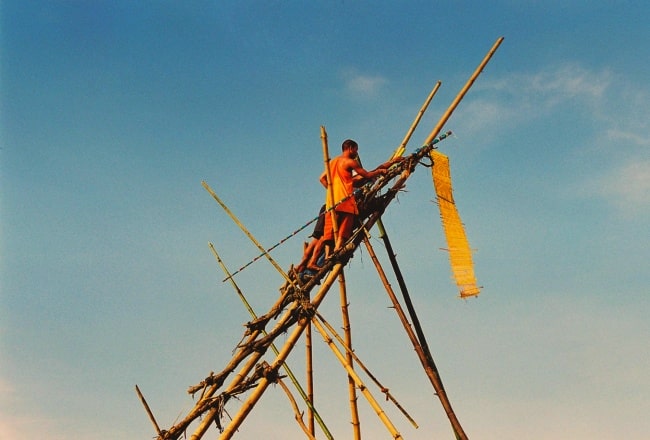
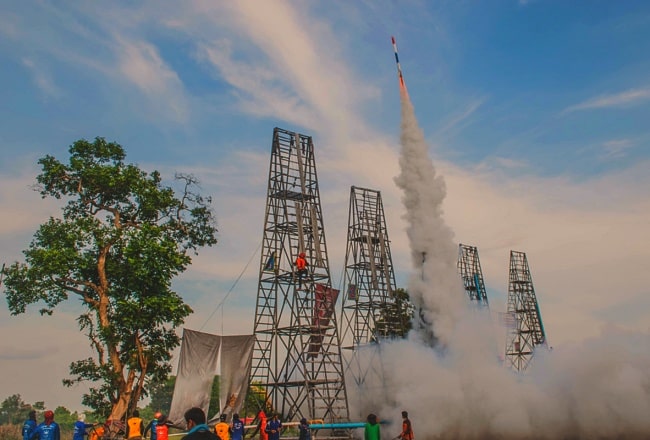
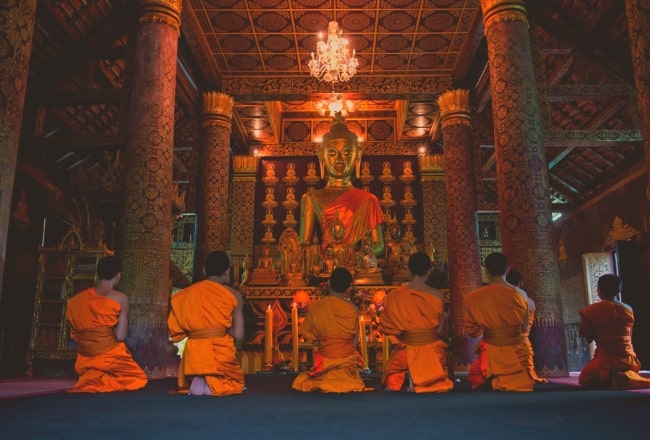
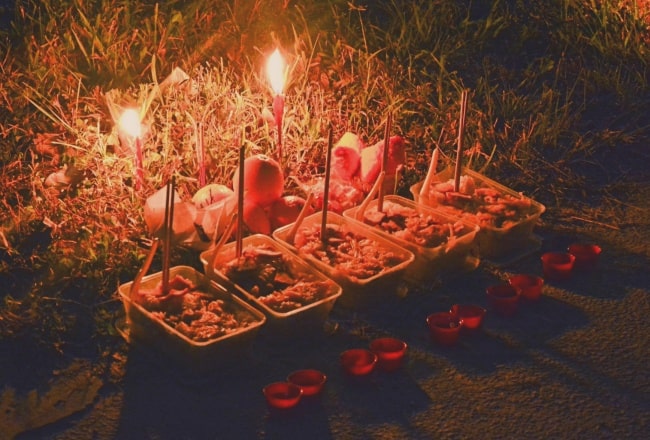
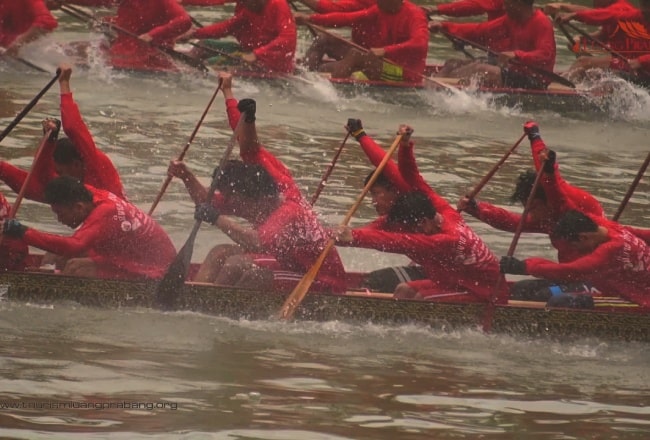
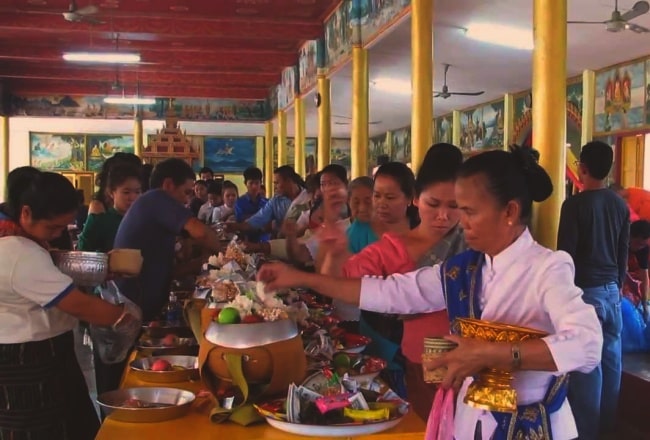
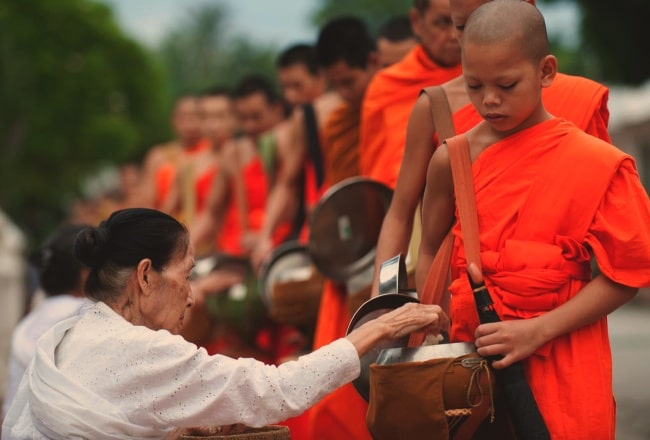
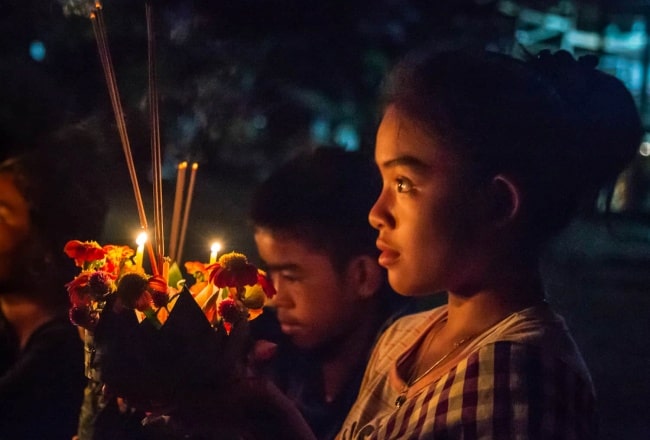
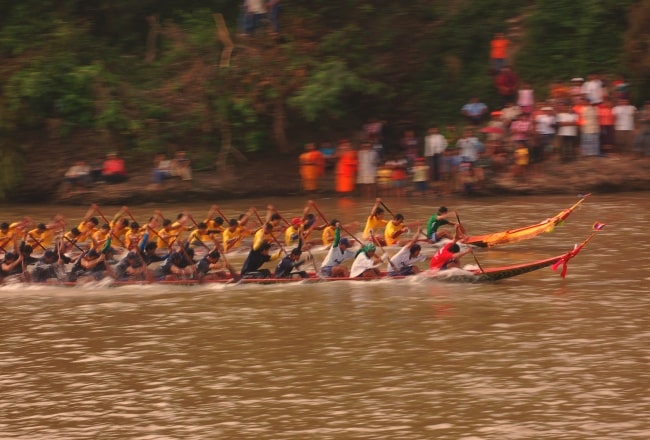
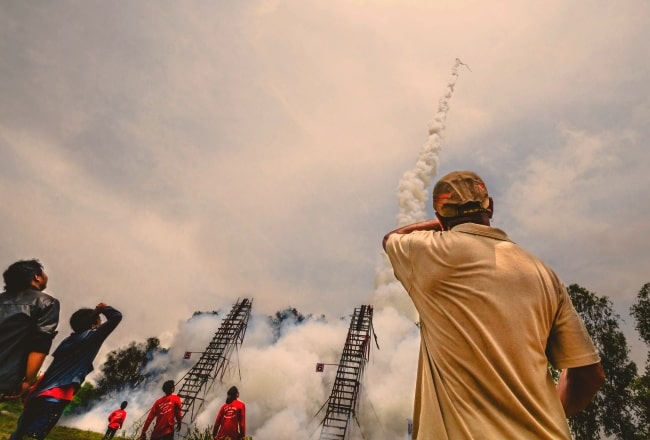
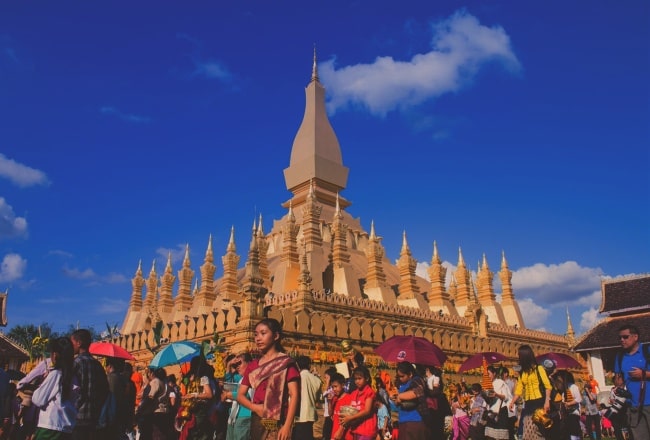
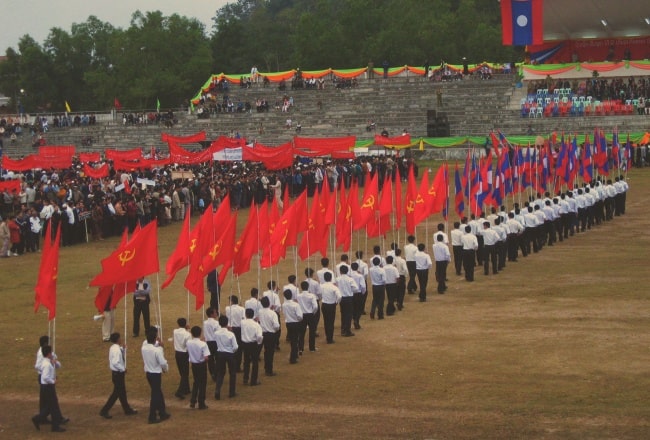
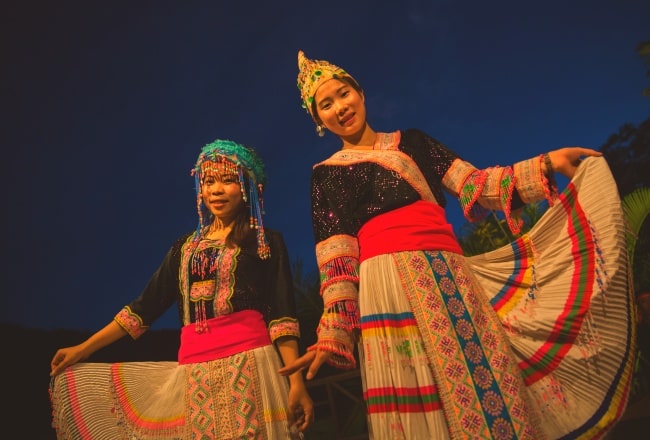
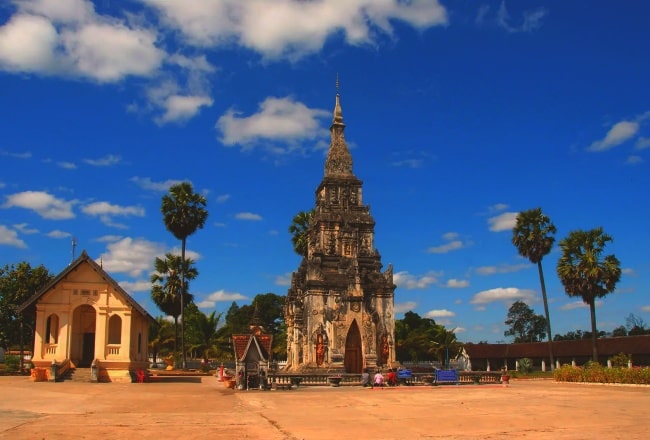



















Jolie LIEMMy name is Jolie, I am a Vietnamese girl growing up in the countryside of Hai Duong, northern Vietnam. Since a little girl, I was always dreaming of exploring the far-away lands, the unseen beauty spots of the world. My dream has been growing bigger and bigger day after day, and I do not miss a chance to make it real. After graduating from the univesity of language in Hanoi, I started the exploration with a travel agency and learning more about travel, especially responsible travel. I love experiencing the different cultures of the different lands and sharing my dream with the whole world. Hope that you love it too!